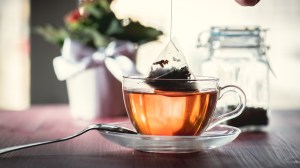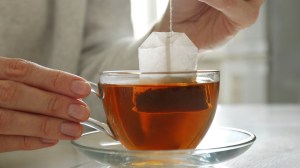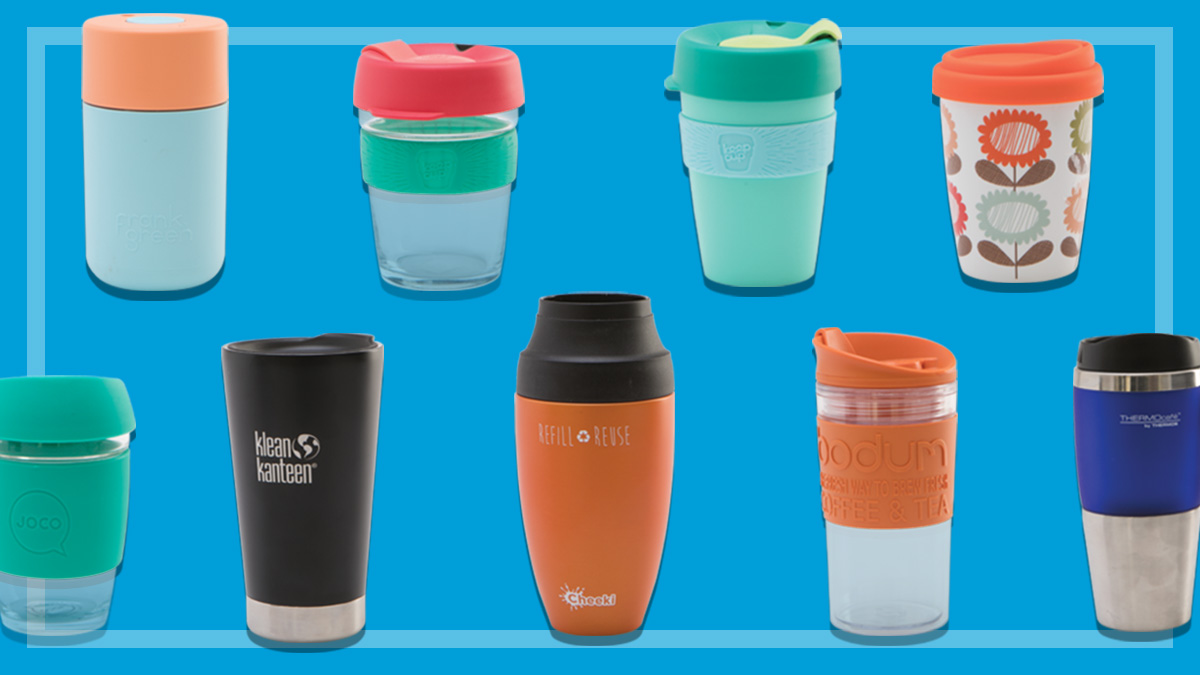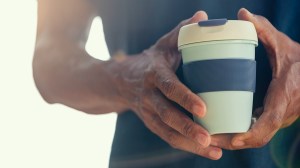
How to shop for the best reusable coffee cup
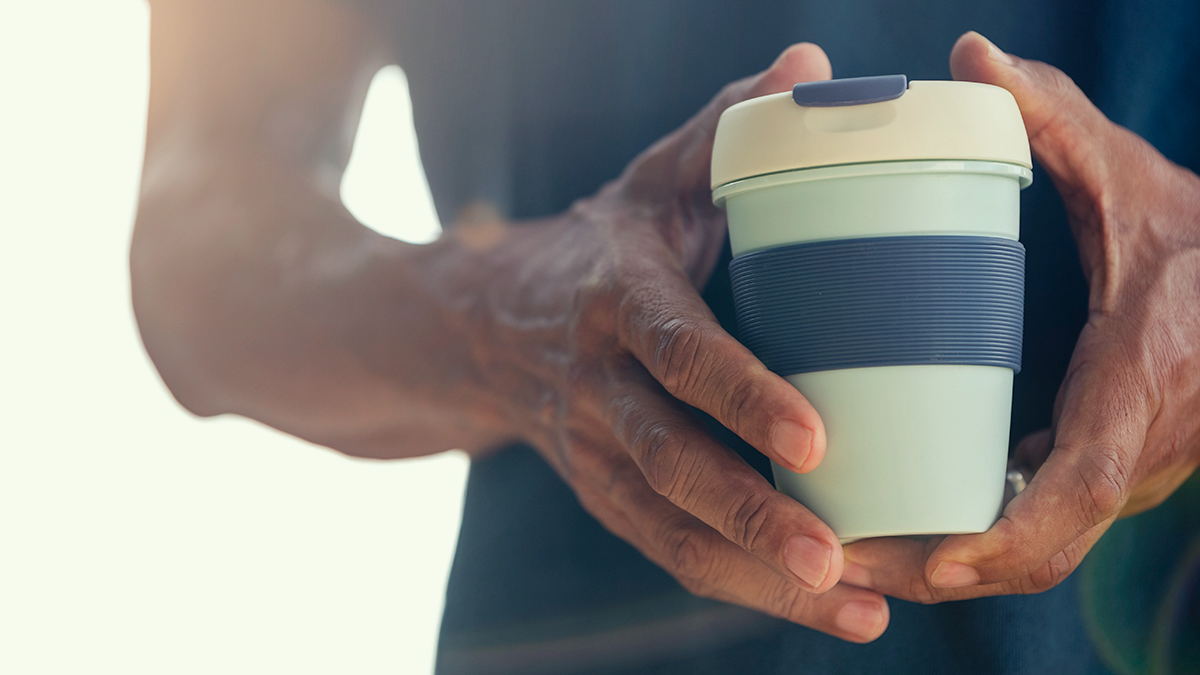
It’s no secret that we love a cup of coffee in Australia, but our cafe culture isn’t exactly good for the environment. 1.8 billion single use hot beverage cups are thrown away every year, with most ending up in landfill or on the street where they release methane as they break down. But a reusable coffee cup can help curb the environmental impact of your caffeine cravings.
How much do reusable coffee cups cost?
The reusable cups in our test range from $5 up to $60, and you can buy them from kitchenware stores, some cafes and often directly from the companies themselves. Many are also available from major retail chains like Kmart, Myer, Officeworks, Spotlight and Woolworths.
Why you should use reusable coffee cups
Disposable coffee cups are lined with a thin layer of plastic to keep the paper waterproof. Unfortunately, this also makes them difficult to recycle which is why they typically end up at the tip.
Reusable cups, meanwhile, are a much more environmentally friendly option if you’re a regular coffee drinker. While the manufacturing process does contribute to greenhouse gas emissions, it doesn’t take long for things to balance out.
In Australia 1.8 billion hot beverage cups are thrown away every year
A study by the University of Victoria in Canada created a ‘break even’ matrix for the energy inputs in production of disposable paper cups compared with reusable plastic, glass and ceramic cups. This table shows how many times you’d have to use your reusable cup for it to become equally energy-efficient to the production of a paper cup.
The International Reference Centre for the Life Cycle of Products, Processes, and Services (CIRAIG) conducted a similar study in 2014. These results delivered slightly higher figures for ceramic and some plastic cups, but still found them to be a better option for regular coffee drinkers.
However, CIRAIG did point out that reusable cups need to be washed, which can contribute to environmental problems. But this does depend on the type of soap/dishwashing liquid and the amount of water used.
(Note: The original CIRAIG study is only available in French, but this article translates the key points).
Reusable coffee cups ‘break even’ point
Here’s how many times you’d need to use a reusable cup for it to be a worthwhile alternative to disposable cups, according to two studies.
University of Victoria, Canada
Glass cup: 15
Plastic cup: 17
Ceramic cup: 39
CIRAIG
Polypropylene cup: 20
Stainless steel cup: 40
Polycarbonate cup: 80
Ceramic cup: 100
These numbers are approximate due to minor variations in the materials used for each disposable and reusable cup.
Rewards for reusable cups
Responsible Cafes certifies environmentally-friendly coffee shops based on a range of criteria, including incentives for reusable coffee cups. Many locations will give you a discount for using one each time you visit (usually 20–50 cents).
You can find certified locations at the Responsible Cafes website.
What to look for in a reusable coffee cup
There are a range of factors to consider when shopping for a new coffee cup, from the material (plastic, ceramic or stainless steel?) through to features like insulation (which can make the cup easier to carry) and being safe for the dishwasher safe.
BPA free claims
Bisphenol A (BPA) is a chemical that’s been used in plastic production since the 1950s and some studies have shown that it can seep into food and drink if used in storage containers, like reusable coffee cups. Though most studies find that low levels are safe for humans, some manufacturers specifically keep BPA out of their products.
Double walling
Double-walled cups help keep their contents warm for longer by isolating them from the outside layer. This can also help reduce heat transferring between the liquid and your hands which makes the cup easier to carry.
Dishwasher safe
This can save time and water use (depending on the quality of your dishwasher) and will generally be claimed by the manufacturer somewhere on the packaging.
Height and width
Reusable coffee cups with similar volumes can vary in height, so you can’t assume that all 350mL bottles, for example, are created equal. Also bear in mind that if you want to use the cup to get your coffee from a cafe, it will need to be short enough to fit under the group head of the coffee machine.
It’s worth checking the cup’s width as well, if you have small hands or plan to place it in a cup holder while driving to work. You may find particularly wide cups difficult to carry.
Reusable coffee cup sizes
These cups each hold 350mL despite the height difference.
S’Well Mug with handle 12oz – 10.6cm.
Anko Glass Reusable Travel Cup – 13cm.
Bodum Travel Mug 0.35L – 17.2cm.
Lid fixing and cap seal
The type of lid and cap attachments are important to note if you have limited strength or dexterity. You may find certain cups hard to open or close.
Materials
Most of the cups in our test are made from stainless steel, which is sturdy and generally resistant to smells and stains, unlike some glass or plastic cups. It’s also a good insulator, particularly if the cup is double walled. Plastic and glass cups are usually cheaper but don’t keep their contents warm for as long (even though glass can look quite cool).
Some of the cups we tested also contain plastic or silicone elements, usually in the lid or on the exterior of the cup. The cup and lid materials may also differ.
Coffee husk composite is another option made up of reused coffee bean husks and other materials. Though environmentally friendly, the cup that used a husk composite was the worst overall performer in our tests.
Spare parts
A few brands sell replacement parts online, which are usually cheaper to replace compared to the cost of a brand new cup.
Volume
The cups in our test range from 296mL up to 454mL, so remember to check the volume before buying, especially if you need a big coffee to start your day.
Can you recycle disposable coffee cups?
If you do find yourself at a coffee shop without your reusable cup, there’s no need to head home decaffeinated. You can still enjoy a flat white on the go followed by a trip to the nearest Simply Cups recycling location.
It’s a free service with drop-off points in 7-Eleven stores across the country, and Simply Cups uses the recycled cups to make new reusable ones and even asphalt mix for roads.
Related

